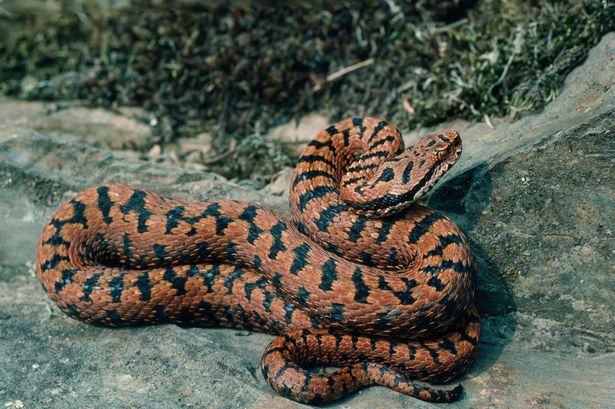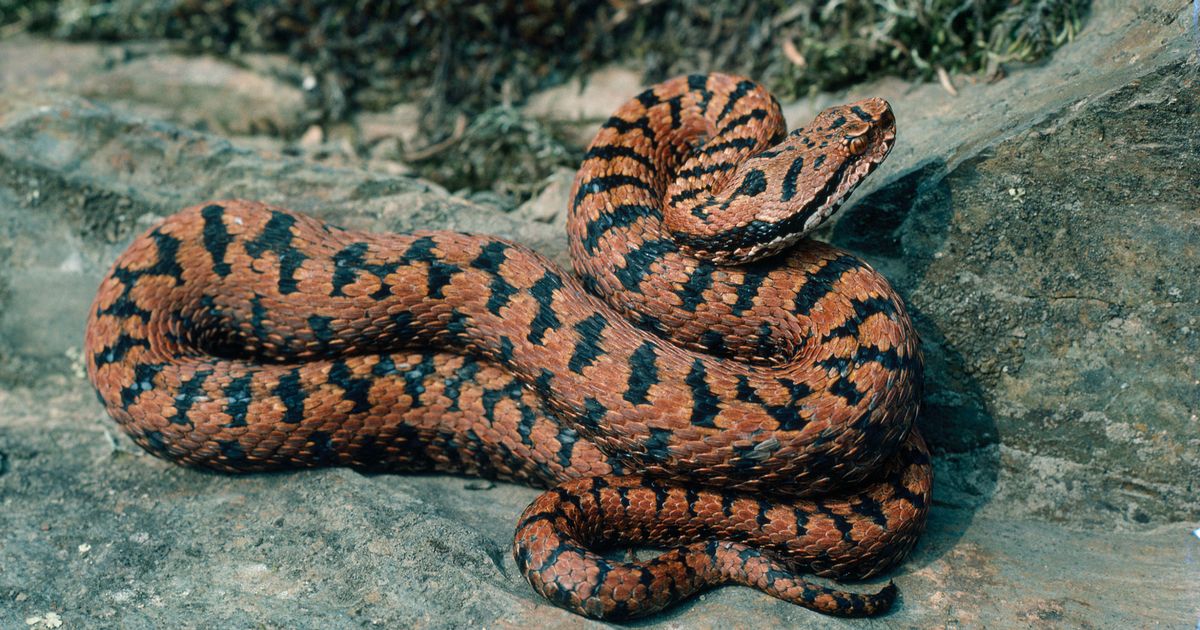A tourist who claimed he ‘grabbed’ a snake for a photo in Spain has been told by locals that he was lucky to have escaped with his life, as the reptile he touched was ‘dangerous’
Zahna Eklund Social News Reporter
07:00, 16 Jul 2025
 The tourist handled a snake that he shouldn’t have touched(Image: Universal Images Group via Getty Images)
The tourist handled a snake that he shouldn’t have touched(Image: Universal Images Group via Getty Images)
If you like adventuring when you’re on holiday, you’ll know all about going on walks and getting lost in the local culture. Maybe you like going on hikes and looking at the wildlife, or perhaps you prefer to wander through cities and towns, taking in the architecture and exploring museums.
No matter what you do on holiday, most of us know not to touch things that could be dangerous. Travelling to new countries means new animals that might be poisonous or new plants which could make you come out in a rash, so it’s always a good idea to keep your hands away from anything you’re not sure is safe.
But not everyone understands that advice. A tourist in Spain has been told he’s lucky to be alive after handling a “dangerous” snake to take a photo of it. To honour World Snake Day today (July 16), here’s a reminder of why that’s a bad idea.
Sharing a photo of the snake on Reddit, the tourist asked the What Is This Snake community to help him identify the reptile. He said it “seems cool” and he believed it was “harmless” because he “grabbed it” to do a photo and it was “very calm”.
People in the comments quickly told him it was not a good idea for him to handle the snake, and he was lucky that he didn’t get bitten. It turned out the reptile was an asp, also known as an asp viper or a European asp.
Bites from this species can be more severe than from the European adder, with approximately 4% of all untreated bites ending in fatalities.
One person said: “Wait, you grabbed him?! Don’t do that again! I’m very glad he was calm, but that was not a safe thing to do!” Another added: “Beautiful picture! Not worth the price you could’ve paid, but still a gorgeous photo nonetheless.”
A third person wrote: “He is very cool but not harmless! Please be more careful next time. Glad you weren’t hurt, but this could’ve gone very badly.”
According to A-Z Animals, asps typically live in hilly areas and scrubland, as well as woodlands and lower mountain slopes. While they are associated with the culture of ancient Egypt, they are not native to Egypt at all and are instead most common in France, Italy, Spain, and Switzerland.
They state on their website: “If you meet an asp, do not approach it. Back away slowly, and wait for the snake to move away. This snake is not aggressive, and it is likely to simply run away if you don’t agitate it.
“Asps have a characteristic warning sign. They curl their tail into a circle, stretch the front part of their body upward, and then hiss loudly before they strike.”
The experts also note that while asps can deliver deadly bites if left untreated, the snake most commonly delivers a “dry bite”, which is a painful bite that does not inject any venom.
They wrote: “This snake is highly venomous. The asp’s bite is very painful, and an untreated bite can be fatal. Symptoms of an asp bite begin with sharp pain, then swelling and bruising occur. The venom can cause a rapid degradation of blood vessels, which leads to issues with vision.
“It’s important to note, however, that asps typically deliver a ‘dry bite’ which is a bite that doesn’t inject poison. While very painful, this is not life-threatening. Only a very frightened asp will deliver a venomous bite.”
What to do if you’re bitten by an asp
Asps are not native to the UK, but if you’re on holiday and an asp bites you, seek medical attention immediately. Antivenoms exist for their venom, but untreated bites can be dangerous.
Follow these steps:
- Keep the victim calm. Getting agitated will increase the heart rate and worsen the problem by circulating the venom more rapidly.
- Remove anything that might constrict the area where the bite happened.
- Use a bandage and splint to immobilise the limb.
- Do not allow the victim to eat or drink anything, even water. It’s important to keep their metabolism low.
- Do not cover the bite. Clean the wound location with an antiseptic.
- Get the victim to a hospital as soon as possible. Using an antivenom serum is the only way to treat asp bites.
Do not:
- Apply ice to the bite.
- Cut or slice the wound to release the poison.
- Suck the venom out with your mouth.
- Use suction devices to suck the venom out of the puncture mark. These devices are ineffective because their fang injects the venom deeply into tissue.
